Think of this category as Mythbusters but for old cars. Some cars, some types of cars, some engines and some companies just attract bad press and this has a cumulative effect as once it’s slagged off once it becomes a running joke and people slag it off more. Well here at Balloon_Fish we have no time for such things (remember- Bad Cars Are Interesting) so I’m going to be trying to put forward a positive case for much-maligned products of the motor industry. At times this may require a bit of Devil’s Advocate writing but I’m going to kick off with one which requires no such intellectual exercises.
The Austin Allegro.
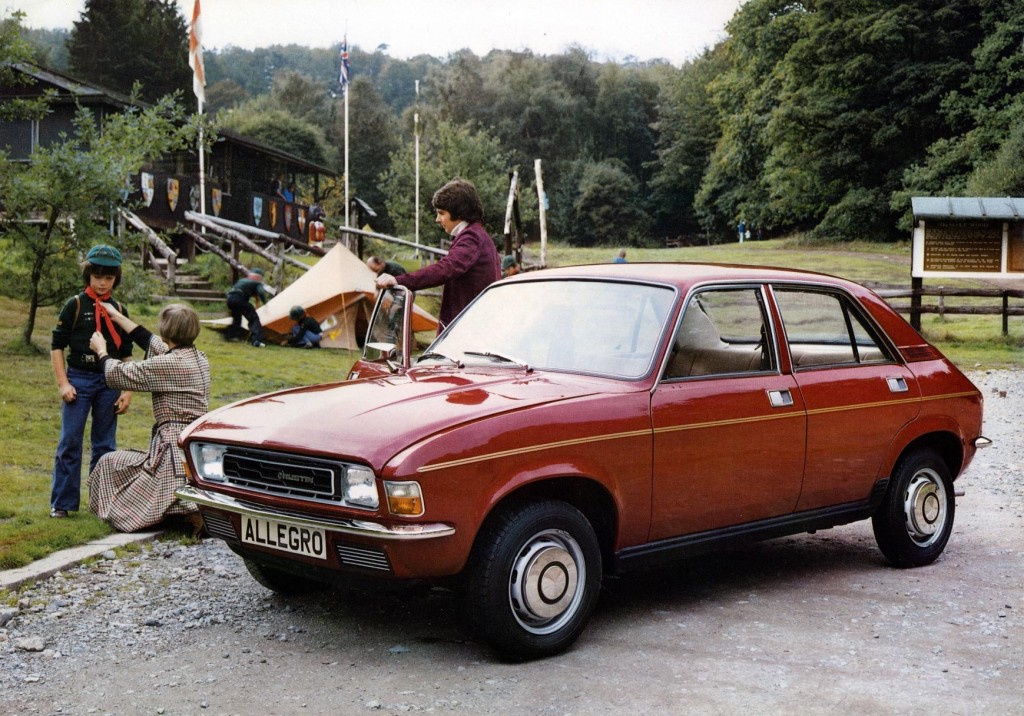 Can a car described on its own fansite as a ‘chubby underacheiver’ really have a good side?
Can a car described on its own fansite as a ‘chubby underacheiver’ really have a good side?
Now, from the get-go, I must say that I’m not trying to say that the Allegro is the best car ever made. I’m not even trying to say that it was an average car. I’m not one of those BL enthusiasts who thinks that the only problem with the Morris Ital was that not enough people could appreciate it.
However, the Allegro seems to be considered such a dud that it regularly features in (if not tops) lists of the sort MSN Autos love to run on a slow news day. Like this one and this one. And this one. And this one. Oh, and this one. It was even berated in the hallowed chamber of the House of Lords as ‘probably the worst car ever made’.
Now, I think there are three things to consider when deciding whether or not a car is bad. I’ll list them here because they’ll be the basis of most of these posts:
1) Is it a bad design? In other words, is the car itself flawed. Does it have some major defect which makes it fundamentally bad at moving people around in a manner less strenuous and more comfortable than walking. Do the cars’ failings come from some error in the design itself rather than its execution?
2) Was the design executed properly? This is usually the main stumbling block. Here is where we can lump all those build quality issues, niggling flaws, long-term rust problems, dodgy electrics caused by cheap components and so on.
3)Was it the right design? The other big hurdle. A car may be a brilliant piece of engineering and cutting-edge design but if no one wants it it’s no good to the builder. A lot of cars deemed ‘rubbish’ because they were sales flops fall into this catergory, even if there’s nothing wrong with the design and concept itself.
So where does the Allegro stand on this basis?
I’m going to stick my neck out and say that it’s not a bad design. It’s not a particularly good-looking car but ugliness alone shouldn’t count against a car when considered on the terms of its design. As I’ve said before on this blog, the Citroen Ami 6 is gut-wrenchingly ugly from every angle but is a very good small saloon and sold incredibly well. Yes, we’ve all seen Harris Mann’s original styling sketch (which was actually an idea for an ADO16 reskin) and Pininfarina’s fantastically good-looking counter proposal, and we compare it with the pug-faced, barrel-sided blob of a car that actually made it into production and cringe. But the Allegro was at least distinctive and its, erm, unique appearance has meant that it hasn’t dated half as much as the coke-bottle 3-box saloons of the time, or the cars that came before and after it, the ADO16s and the Austin Maestro, which are entirely of their time and look it. The Allegro was the last fling of BMC’s function-led design ethos and the result is that the Allegro looks like no other car- just an Allegro. Serious people with thin-framed glasses and polonecks have hailed the Ami 6 as a masterpiece of functional design and styling. Why can’t the Allegro be considered along the same lines?
The only real flaw with the design of the Allegro as it stood was its lack of a hatchback which could so easily have been incorporated into the car given its shape. A point against it, and one that speaks volumes about BL’s terrible market awareness and model strategy, but not one that can condemn the entire car.
The rest of the concept and design was well up to scratch. The handling and packaging benefits of front wheel drive and transverse engines were well understood by the time the Allegro came along but BL was still something of a pioneer in the British market with the contemporary Fords, Vauxhalls and Rootes products resolutely sticking with rear-wheel drive. The same applies to the Hydragas suspension which offered a highly compliant ride combined with better (although not sharper) handling than conventional systems, and took up less space and required less maintenance. The Allegro’s lack of subframes, allowed for by the adoption of Hydragas, amongst other features, helped keep the rust that afflicted so many cars of the time, especially the ADO16s, to a minimum.
The engines were a mix of old (A-Series) and new (E-Series) but both were fundamentally sound with no problems and performance well up to market demands and a big improvement over the ADO16s. All were cursed with the vague and rubbery gearchange of BMC/BL’s box-in-sump models but it was useable and reliable.
The interior was very much of its time, meaning acres of synthetic materials and numerous shades of brown but that’s only an aberration to modern eyes and there were far worse offenders on the market. The only weak spot in this area of the design was in the packaging as despite being bigger than the ADO16s the Allegro offered little in the way of extra space and the huge sense of airiness that characterised all of Issignonis’ FWD designs was conspicuous by its absence.
This is where I have to offer an opinion on the infamous Quartic steering wheel. This has come to symbolise all that was wrong with the Allegro, which is doomed forever to be known as ‘the car with the square steering wheel’. Having now realised a lifetime ambition and driven an Allegro with a Quartic wheel, I can say that it’s no better or worse than a normal wheel. Which makes sense when you look at it. Plenty of other cars before the Allegro, at the same time and since have had not-quite-round steering wheels without raising a whisper of criticism. The problem the Allegro had was that it was such a neat stick to beat the car with. With much of the press and the public turning against BL after its years of shambolic business and increasingly unsuitable cars the square steering wheel was just too convenient a metaphor to ignore.
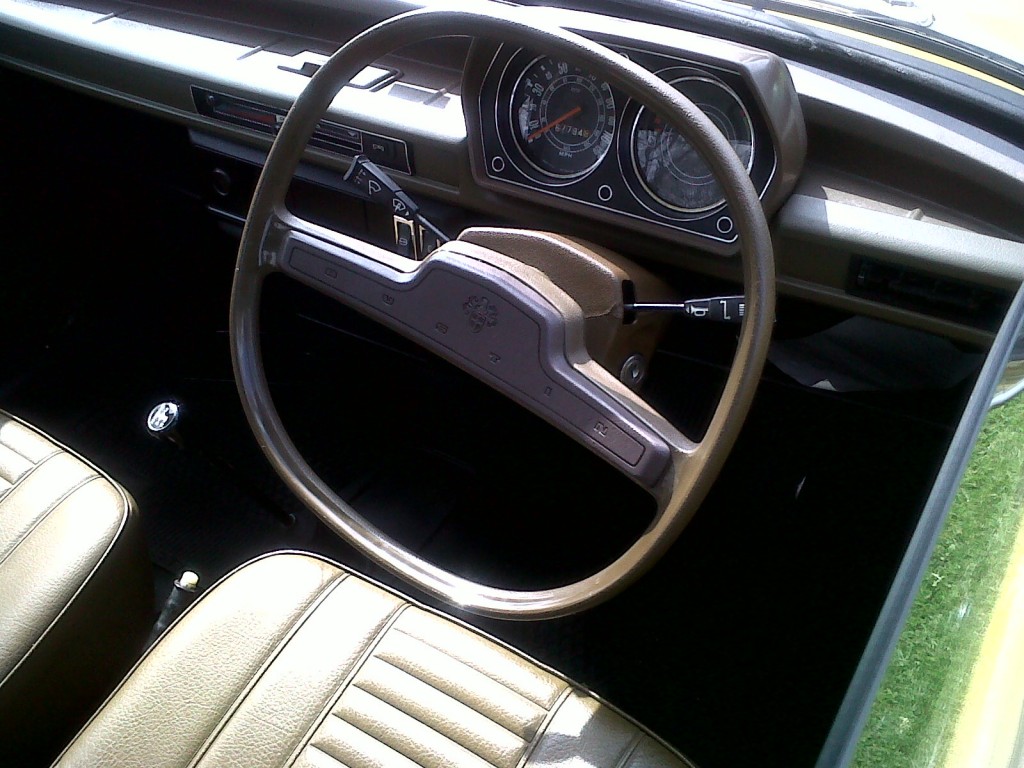 As to how the design was executed, this is something of a mixed bag. The Allegro has picked up a reputation for being unreliable with terrible handling but this seems overdone. Find any car built in the ‘Seventies in Britain, especially by BL, that didn’t have build quality issues. The Allegro was in fact quite well off in this department. Making use of existing drivetrains meant that the Allegro was largely free of BL’s habit of letting customers do their product testing for them. The Hydragas suspension worked on established principles that Citroen had ironed the bugs out of years before and was in itself a development of BMC’s Hydrolastic setup which had also proved reliable.
As to how the design was executed, this is something of a mixed bag. The Allegro has picked up a reputation for being unreliable with terrible handling but this seems overdone. Find any car built in the ‘Seventies in Britain, especially by BL, that didn’t have build quality issues. The Allegro was in fact quite well off in this department. Making use of existing drivetrains meant that the Allegro was largely free of BL’s habit of letting customers do their product testing for them. The Hydragas suspension worked on established principles that Citroen had ironed the bugs out of years before and was in itself a development of BMC’s Hydrolastic setup which had also proved reliable.
I’m not going to argue that the Allegro didn’t have issues because it’s very clear that it did. But these were mainly in the fit/finish, build quality and ancillary areas rather than through any Allegro-specific failing. In fact with its unibody construction and Issigonis-free design the Allegro was quite long-lived and rust-resistant by the standards of its day.
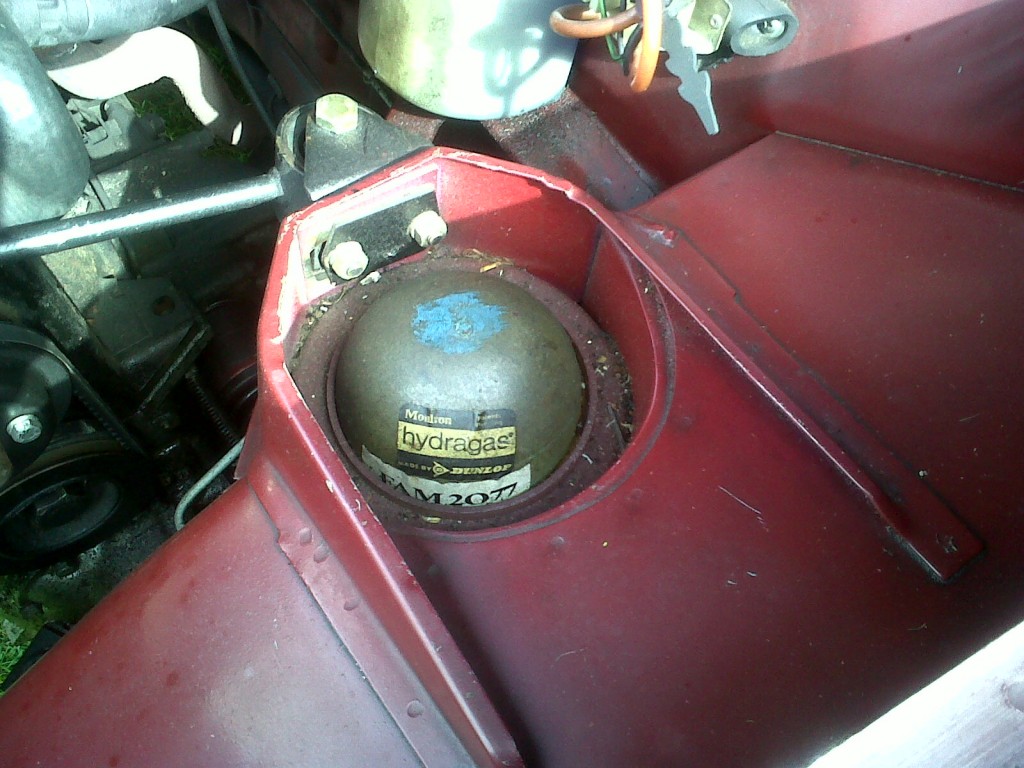 Moulton, Dunlop, Austin, Allegro. Loads of great British brands in one product.
Moulton, Dunlop, Austin, Allegro. Loads of great British brands in one product.
The Hydragas suspension comes in for a lot of flack (and is probably worth a whole In Defence Of… article itself) but this also seems to be badly aimed or arising from a lack of experience with the car. All of the BMC/BL cars with fluid-based suspension systems are more ‘floaty’ and roly-poly than conventionally-sprung cars but this is the nature of their design. They come from an age before all cars needed to exhibit some degree of sporty handling and you could sell a car on comfort and ease of driving. Hydragas offered, for the time, a blend of comfort and handling that was only bettered by a Jaguar or a hydropneumatic Citroen. Yes, the Allegro bounced and rolled a lot more than its contemporaries but, like an old Citroen, this was merely an expression of its different design principles. Bounce and roll are signs of a poor design in a conventional suspension system but with hydropneumatic systems of the time such as Hydragas it meant nothing untoward. The displacer spheres and the fore/aft interconnection managed to completely damp out ‘float’ and pitch making the Allegro stable and planted in a way that few contemporary cars in its market sector were. All these benefits the Allegro could be hustled along a rough, twisty road at much greater speeds, in greater comfort and with greater security than any of its live-axled and leaf-sprung competitors.
So, finally, we come to the question of whether or not the Allegro was the right car for its time. Sales figures alone say that the car can’t have been that bad, because in ten years on sale over 660,000 people bought Allegros. Some people bought more than one. However when considered in context those sales figures start to look a bit shaky. The Allegro’s predecessor, the ADO16 range, sold over 2 million examples in 12 years- at almost double the Allegro’s average this shows something wasn’t right.
The Allegro’s looks may have played a part, but it was more that it didn’t offer anything in spite of the looks. The Mini was considered odd-looking when it was launched but proved the critics wrong by simply being too good in other areas for that to matter. The Allegro offered nothing so revolutionary. Instead it was merely competent in most of the areas that mattered to people. In fact it was seen by many loyal BL customers as a retrograde step after the ADO16, which so neatly covered so many bases. It didn’t have that car’s brilliant use of interior space. It didn’t have the same big-go-kart handling – however good the handling of the Allegro may actually have been it didn’t feel or look like it. It was styled like a European hatchback without the hatch and was smaller and less solid-feeling than a safe, conventional Avenger or Escort.
In fact it should be noted that the Morris Marina, demonstrably a worse car than the Allegro as a design and engineering exercise, thrashed its clever but odd-looking sibling in the sales charts. This reveals a great deal about the habits of the car buying public in the ‘Seventies and goes a long way to explaining why the Allegro’s oddball approach, however good it was as a technical exercise, didn’t find favour.
Like the Marina part of the Allegro’s image problem didn’t start until late in life. Continual delays to the Maestro/Montego development meant that the Allegro was kept around for far longer than it was intended. By the early ‘Eighties the market was awash with European superminis and hot-hatches. The Allegros’ looks weren’t helped by its final facelift into the Allegro 3 which just managed to highlight the car’s styling quirks and looked like the cheap, superficial touch-up that it was. When BL tried to compete on the hot-hatch market with the the infamous Equipe and, later, the HLS the results just came across as desperate because the Allegro was never intended to be that sort of car.
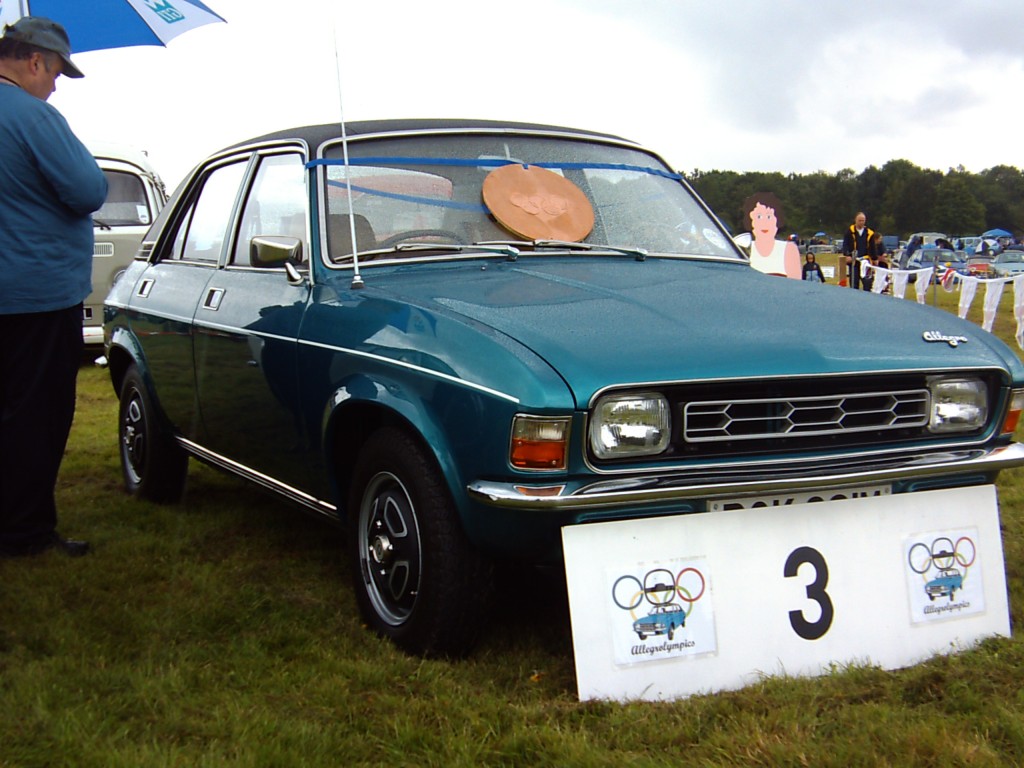 A bronze medal for the Allegro. Kinda sums everything up.
A bronze medal for the Allegro. Kinda sums everything up.
The Allegro ended its days as something of a national laughing stock which the car itself had done little deserve. Instead the car’s problems were nearly all the result of BL’s more general problems, which I suppose is why the car has come to serve as a sort of proxy for the whole enterprise. Which is a shame because under all the years of mockery is a competent, likeable and pleasantly quirky little car. If it really is the worst British car ever made, then we haven’t done that badly.
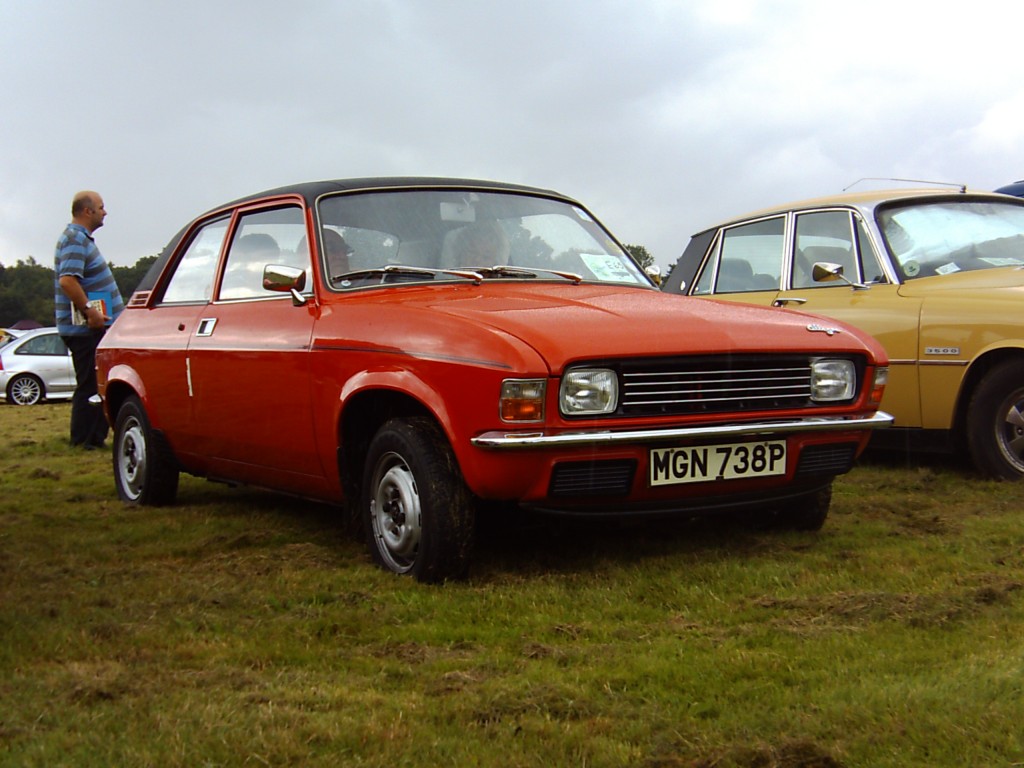
An enjoyable article and I agree with your comments. The Allegro was just a scapegoat for dissatisfaction with British car products of the seventies and eighties. It put in a nutshell what the problems were, and it is true that the ‘face’ is comical with its small eyes and pudgy cheeks. So people immediately got the styling cues to point at and laugh. But I like the design much better than those tin boxes from Ford. My friend had an Allegro that wouldn’t go up steep hils. There was something funny about the clutch; it would slip and the engine revs would rise alarmingly, whilst the car slowed, then reversed. It was the introduction of the VW Golf in 1974 that was such a devastaring comparison. The Golf was like a nuclear bomb in the small car market. Ironically being a modernised, simplified ADO16.